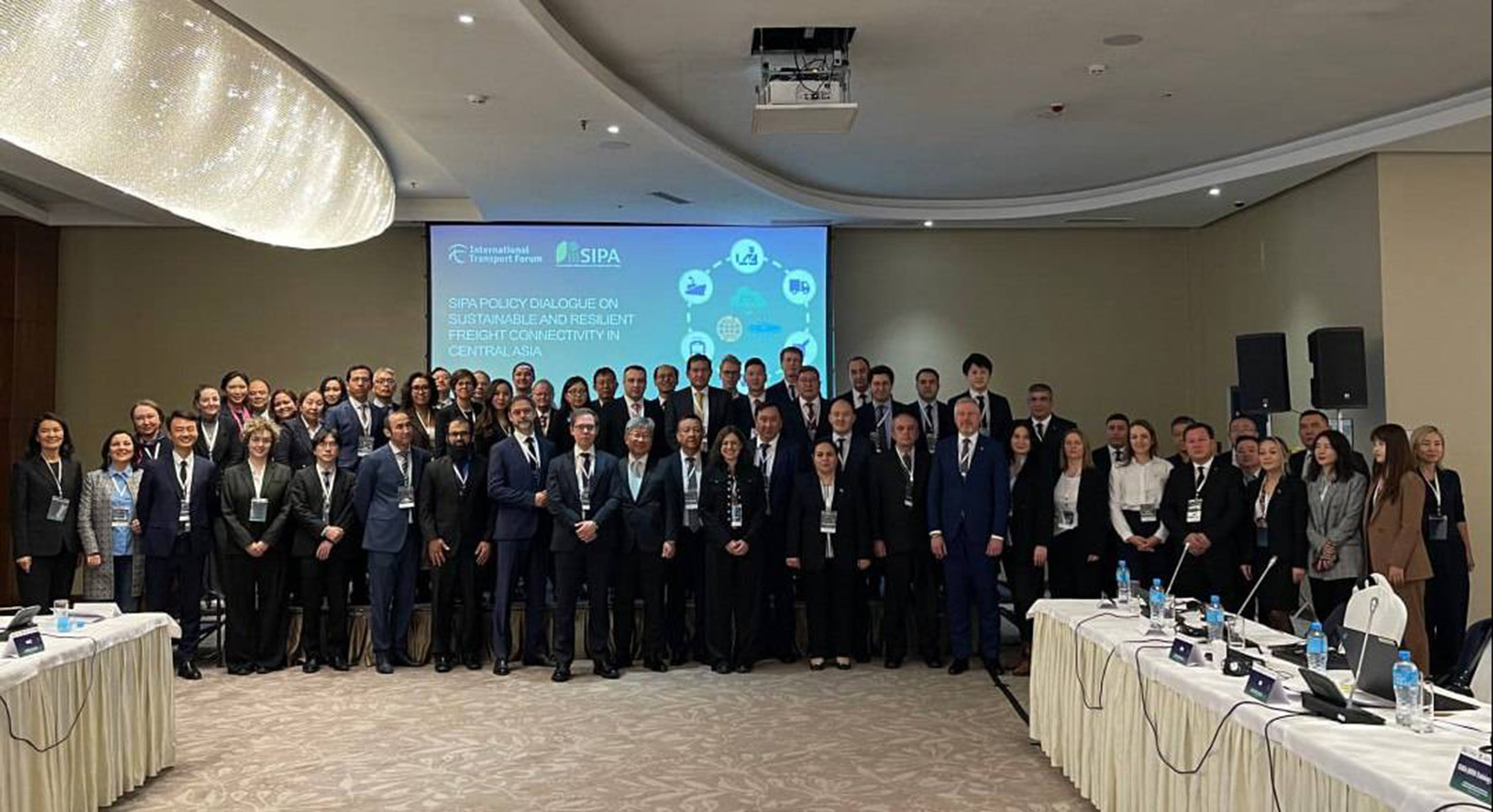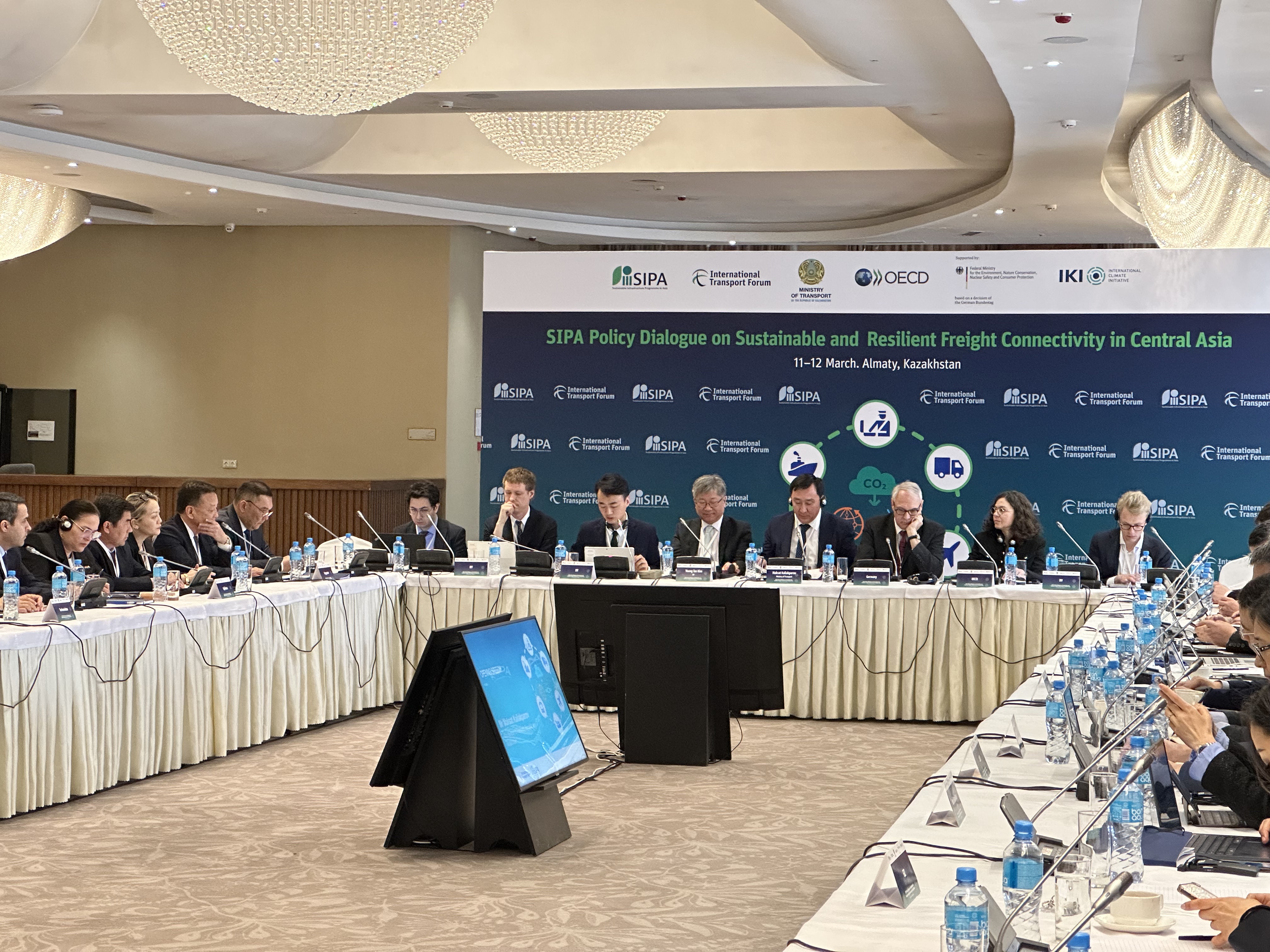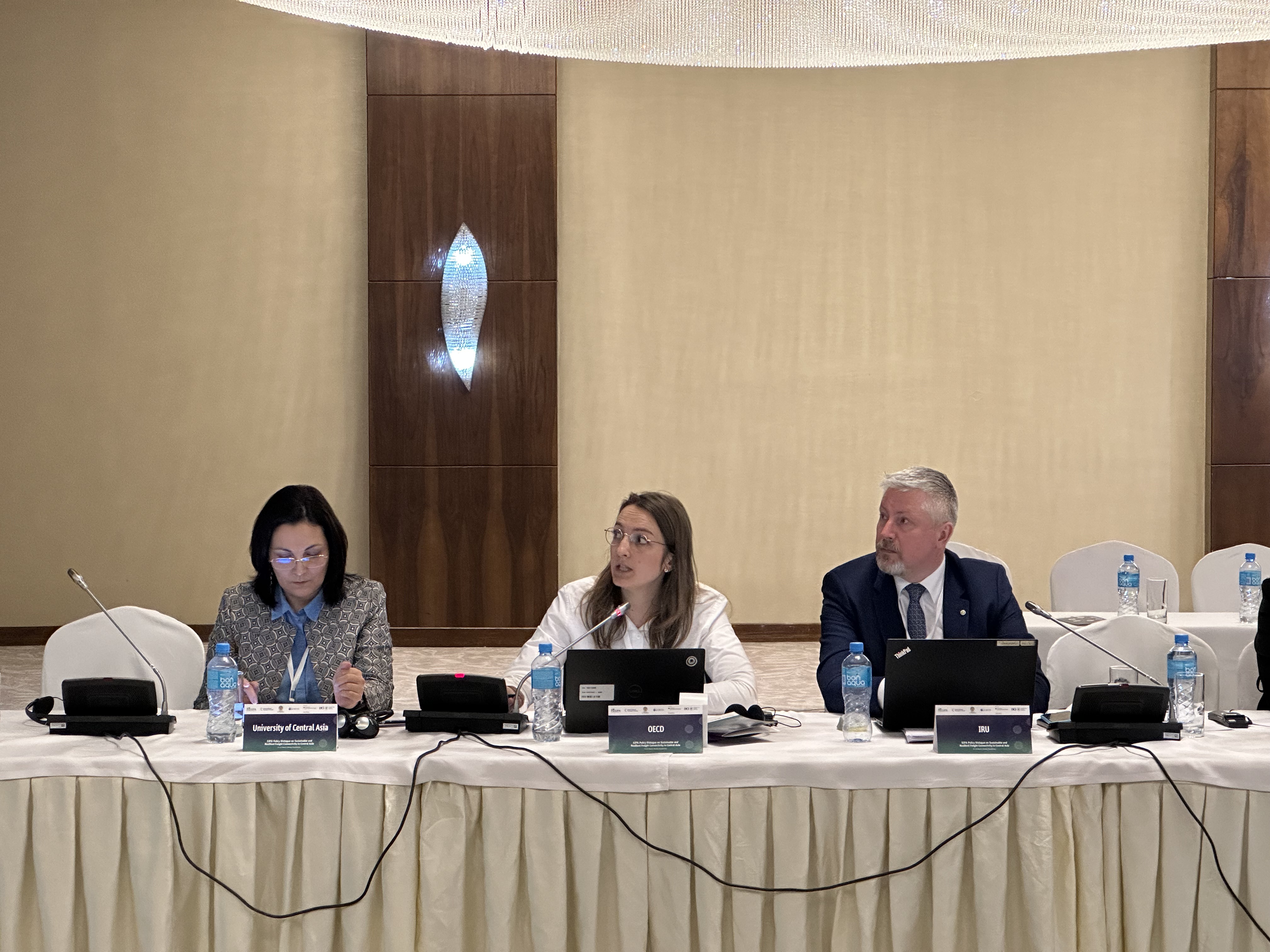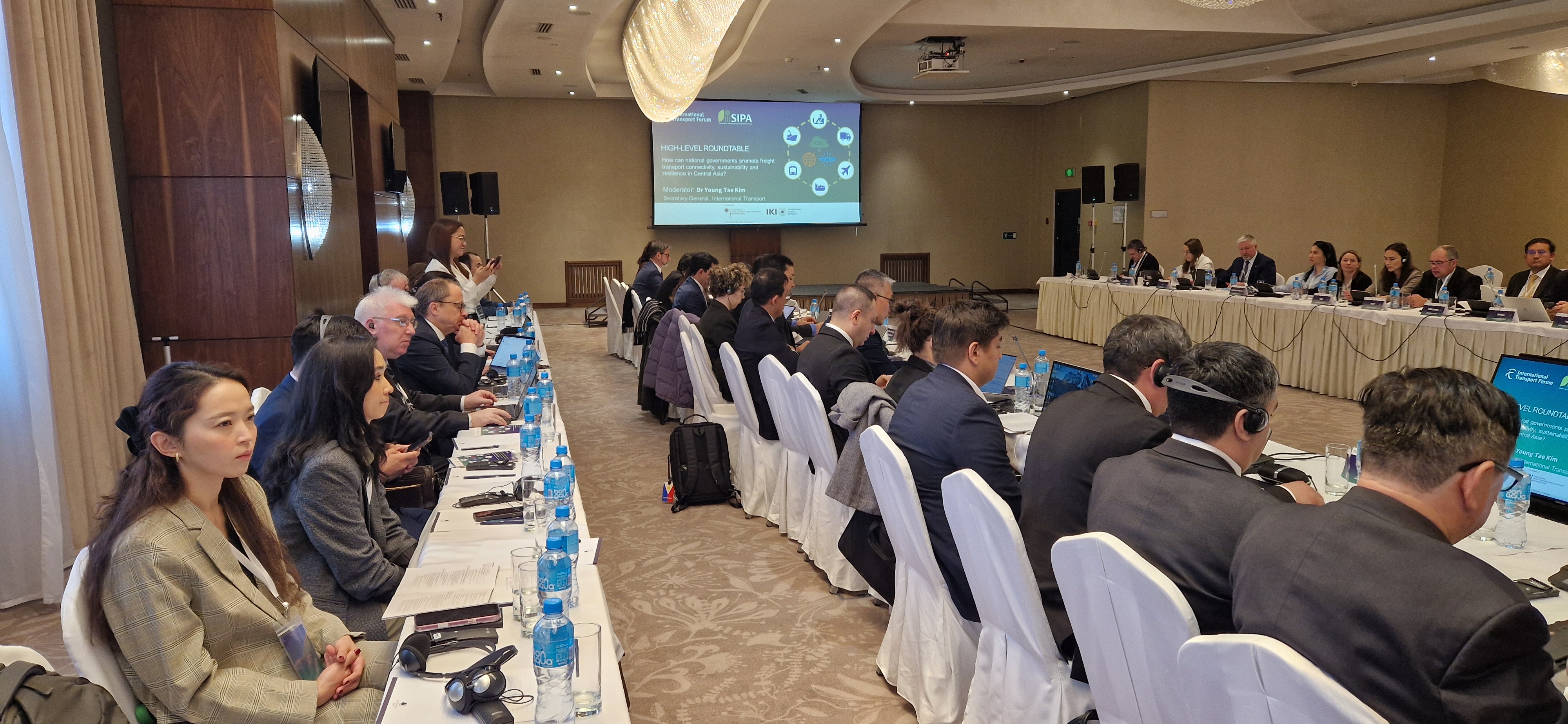Central Asia’s freight transport faces key challenges, but a coordinated regional approach could unlock sustainable connectivity and resilience. Experts recently gathered at an International Transport Forum (ITF) event to assess strategies.
The recent Policy Dialogue on Sustainable and Resilient Freight Connectivity in Central Asia – which brought together government representatives, international organisations, financial institutions, the private sector, and academia – explored ITF's regional study findings and pathways for enhancing freight transport systems.
Central Asia has major logistical and environmental challenges, including landlocked geography, ageing infrastructure, and geopolitical uncertainties. As freight volumes rise, the region remains vulnerable to climate risks and multimodal integration inefficiencies.
A key focus of the event was the importance of implementing a coordinated and harmonised regional transport policy, rather than relying solely on national strategies. This could improve connectivity, decarbonisation and resilience across Central Asia and Mongolia.
The dialogue assessed three key areas for advancing freight transport in the region: frameworks for evaluating and enhancing network performance with both hard and soft measures; quantitative and qualitative performance data to inform policymaking; and freight transport modelling to develop and evaluate future policy scenarios.
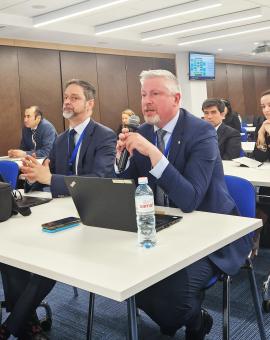
The General Delegate to the IRU Permanent Delegation to Eurasia, Vadim Zakharenko, presented concrete examples demonstrating how existing instruments based on UN conventions, such as TIR and its advance risk management system (TIR-EPD – electronic pre-declaration), have significantly improved transport and trade.
He also highlighted the importance of TIR-EPD Green Lanes in streamlining connectivity while ensuring transit security, as well as the need to adopt digital tools like eTIR and e-CMR to boost transparency and efficiency.
The next steps for this transition are outlined in the SPECA Roadmap on Digitalising Multimodal Data and Document Exchange, focusing on the rollout of eTIR and e-CMR. The Organisation of Turkic States has adopted an Action Plan for eTIR implementation to further drive this progress.
The discussion also explored how the IRU Green Compact could support efforts to reduce carbon emissions in the road transport sector. Implementing efficiency measures could lead to a 50% reduction in carbon emissions today, a significant contribution to the region’s sustainability goals.
In a separate session hosted by UNESCAP, the newly adopted UN Programme of Action for Landlocked Developing Countries (2024-2034) was presented, outlining its relevance for regional transport and connectivity. The session provided information on the establishment of the UN Regional Center for Sustainable Development Goals for Central Asia and Afghanistan in Kazakhstan, following the unanimous adoption of the UN General assembly resolution on 4 March 2025.

